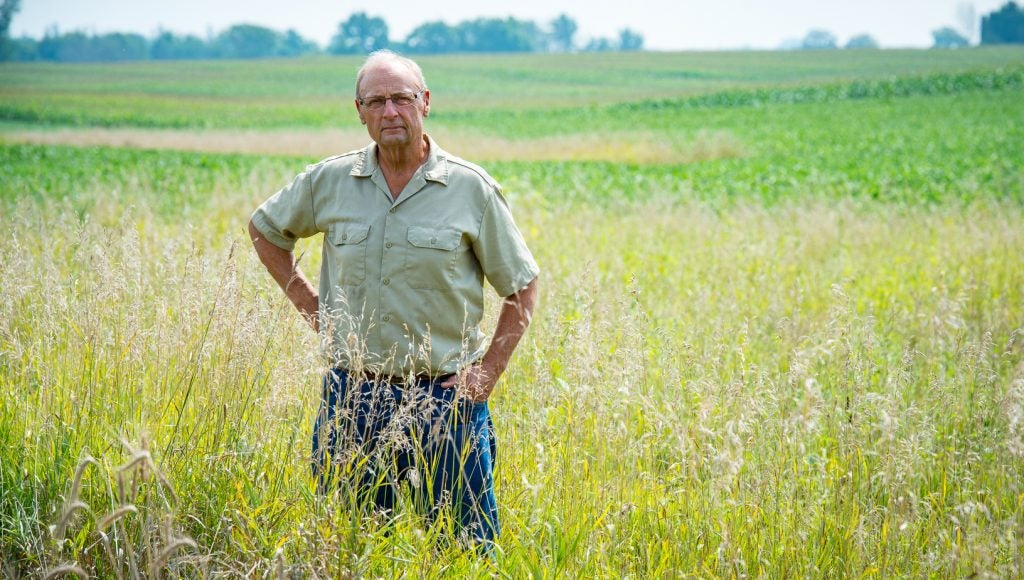By Dr. Denise Reed, Professor Gratis, University of New Orleans
Coastal Louisiana has changed a lot in the last century. By comparing aerial photographs from the 1930s to today, we can see that change across the coast — from an ecosystem once dominated by extensive marshes and lush swamps to one increasingly covered with open water and “ghost forests.”
Each year, our coast creeps farther inland as marshy shorelines erode due to boat wakes, wind and waves. This is called marsh edge erosion, and it’s one of the primary causes of Louisiana’s current land loss crisis.
Future land loss, however, will be driven by different causes. To better understand and prepare for future scenarios, EDF convened a team of scientists from its own organization, the University of New Orleans, Tulane University, The Water Institute of the Gulf and the National Wildlife Federation. Together, we used computer models and data from Louisiana’s 2017 Coastal Master Plan to look ahead 50 years and explore the effects of varying sea-level rise and subsidence rates, known as relative sea-level rise.
The recently published results were illuminating — and sobering. Here is the main takeaway for Louisiana:
Climate change accelerates land loss.
Read More »










